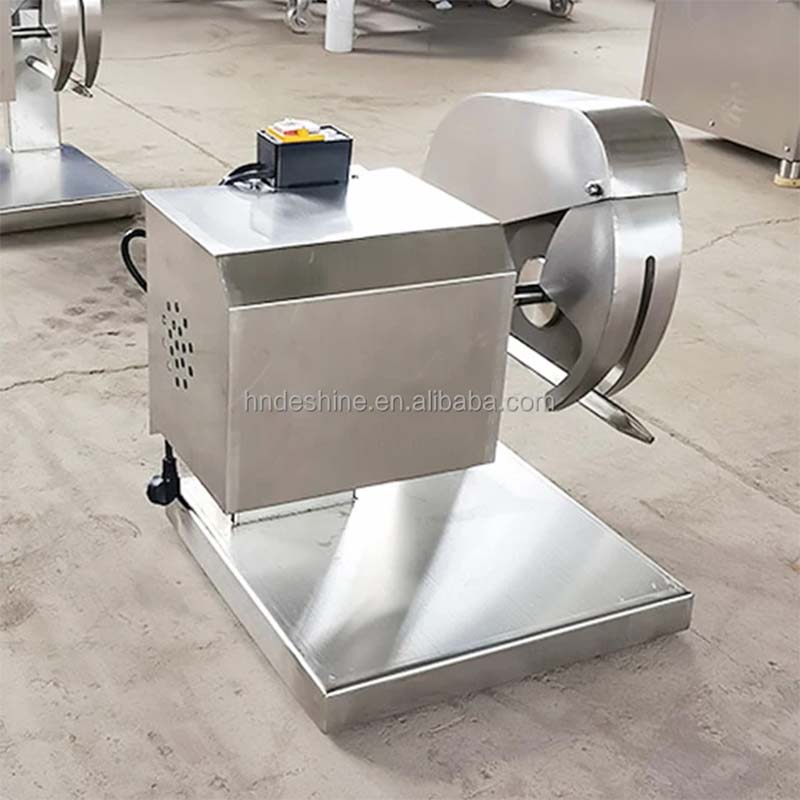poultry scalders
Dec . 12, 2024 10:42 Back to list
poultry scalders
The Importance of Poultry Scalders in Processing Plants
In the poultry processing industry, efficiency and hygiene are paramount. One of the crucial steps in this process is scalding, which plays a key role in preparing birds for plucking. Scalders serve as an essential piece of equipment in this phase, ensuring that the feathers can be easily removed while also contributing to the overall cleanliness of the meat.
What Are Poultry Scalders?
Poultry scalders are specialized machines designed to immerse birds in hot water, typically at temperatures ranging from 50 to 65 degrees Celsius (122 to 149 degrees Fahrenheit). The primary function of the scalding process is to loosen the feathers by denaturing the proteins in the skin and feather follicles. This step is critical because it significantly reduces the time and labor required for feather removal, which is usually performed by mechanical plucking machines or human labor.
Types of Poultry Scalders
There are generally two types of poultry scalders batch and continuous. Batch scalders operate by processing a set number of birds at a time. They are usually found in smaller processing plants or specialty operations where the volume of birds is limited. Continuous scalders, on the other hand, are designed for larger operations, allowing for a streamlined process where birds move through the scalding chamber at a consistent speed. Each type has its advantages and is chosen based on the specific needs of the processing plant.
Benefits of Scalding
poultry scalders

The benefits of using poultry scalders extend beyond just feather removal. Firstly, the scalding process helps in cleaning the skin of the bird, as the hot water can assist in removing impurities and contaminants. This is especially important in maintaining hygiene standards and ensuring that the meat produced meets regulatory requirements. Furthermore, scalding can help in the preservation of meat quality. If performed correctly, it can minimize bruising and damage to the skin, leading to a more aesthetically pleasing product.
The temperature and duration of the scalding process can vary depending on several factors, including the type of poultry and the desired outcome. For instance, higher temperatures may be used for certain types of birds, whereas lower temperatures might be more suitable for others. It is crucial for processing plants to have precise control over these parameters to achieve optimal results.
Innovations in Scalding Technology
As technology continues to advance, so too does the equipment used in the poultry industry. Modern scalders have incorporated various innovations aimed at improving efficiency and sustainability. For example, some scalders now utilize water-saving technologies and recycling systems that reduce water consumption, which is becoming increasingly important with growing environmental concerns. Moreover, advanced monitoring systems can ensure that temperature and time parameters are strictly adhered to, minimizing variances that could impact meat quality.
Conclusion
In conclusion, poultry scalders play a vital role in the processing of poultry, ensuring that birds are prepared efficiently and hygienically for the market. They improve operational efficiency, enhance meat quality, and contribute to food safety standards. As technology continues to evolve, the poultry industry will likely see further advancements in scalding techniques, promoting both efficiency and sustainability. For poultry processors, investing in high-quality scalding equipment is not just a matter of operational efficiency; it is a commitment to delivering safe, high-quality products to consumers around the world. The ongoing innovations in scalding technology will undoubtedly continue to shape the future of poultry processing, ensuring that producers can meet the needs of an ever-growing market.
-
Hot Sale 24 & 18 Door Rabbit Cages - Premium Breeding Solutions
NewsJul.25,2025
-
Automatic Feeding Line System Pan Feeder Nipple Drinker - Anping County Yize Metal Products Co., Ltd.
NewsJul.21,2025
-
Automatic Feeding Line System Pan Feeder Nipple Drinker - Anping County Yize Metal Products Co., Ltd.
NewsJul.21,2025
-
Automatic Feeding Line System - Anping Yize | Precision & Nipple
NewsJul.21,2025
-
Automatic Feeding Line System - Anping Yize | Precision & Nipple
NewsJul.21,2025
-
Automatic Feeding Line System-Anping County Yize Metal Products Co., Ltd.|Efficient Feed Distribution&Customized Animal Farming Solutions
NewsJul.21,2025






